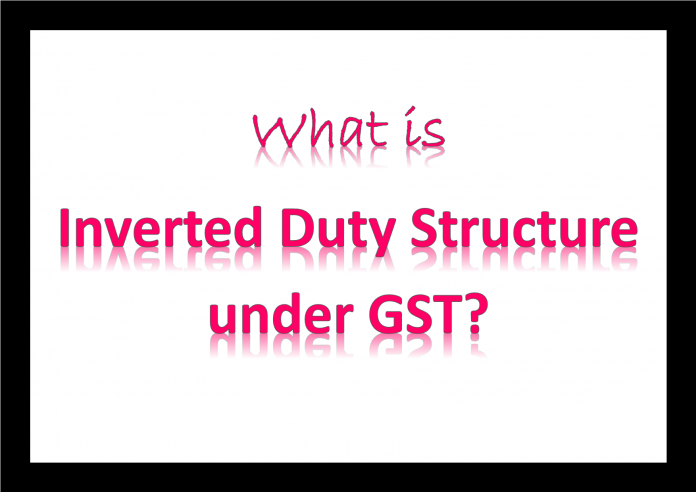22nd September 2021, Mumbai:
As per the recent GST meeting to fix the inverted duty structure which is an anomaly existing in the Textiles sector by revising GST rates in this sector resulting in the potential increase of up to 7 percent V/s the current position.
The associations & garment traders responding to this likely overshooting of prices have raised serious concerns. The most credible voice of domestic apparel manufacturing fraternity CMAI including CITI ex-president have unequivocally expressed the simple math of this measure that 85 percent of garments sold in India are priced below Rs 1,000.
Back of the envelope calculation lays bare that continued increased prices of the raw materials had resulted in a hike in prices of readymade clothes (RMG) by roughly 20 percent/ or so over the last 12-15 months, and in this elevated prices state it is no brainer to mention that any further increase is only going to hit apparel & clothing sales & demand going forward.
The logic behind this is that raw materials such as man-made yarn and fabrics used in the manufacture of garments attract GST at the rate of 12 per cent. Hence there are problems with an input tax credit (ITC); As at present five percent GST is levied on cotton yarn and fabric, but under the new decision, 12 percent GST will be imposed on garments made from cotton, and incremental cost rise.
The likely effect is going to be from January 1st,2022 albeit it is not officially been notified as yet.


_large.png)























